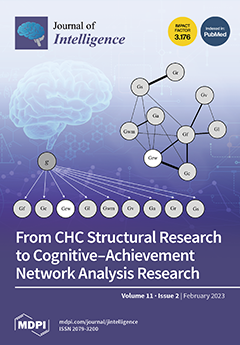People with high levels of intelligence are more aware of risk factors, therefore choosing a healthier lifestyle. This assumption seems reasonable, but is it true? Previous studies appear to agree and disagree. To cope with the uncertainty, we designed a mendelian randomization (MR) study to examine the causal effects of genetically proxied intelligence on alcohol-, smoking-, and physical activity (PA)-related behaviors. We obtained genome-wide association study (GWAS) datasets concerning these variables from separate studies or biobanks and used inverse-variance weighted (IVW) or MR-Egger estimator to evaluate the causal effects according to an MR protocol. The MR-Egger intercept test, MR-PRESSO, and funnel plots were employed for horizontal pleiotropy diagnosis. The Steiger test (with reliability test), Cochran’s Q test, MR-PRESSO, and leave-one-out method were employed for sensitivity analysis. We found significant or potential effects of intelligence on alcohol dependence (OR = 0.749,
p = 0.003), mental and behavioral disorders due to alcohol (OR = 0.814,
p = 0.009), smoking (OR = 0.585,
p = 0.005), and smoking cessation (OR = 1.334,
p = 0.001). Meanwhile, we found significant or potential effects on walking duration (B = −0.066,
p < 0.001), walking frequency (B = −0.055,
p = 0.031), moderate PA frequency (B = −0.131,
p < 0.001), and vigorous PA frequency (B = −0.070,
p = 0.001), but all in a negative direction. In conclusion, our findings reinforce some existing knowledge, indicate the complexity of the health impacts of human intelligence, and underline the value of smoking and alcohol prevention in less intelligent populations. Given the existing limitations in this study, particularly the potential reverse causality in some estimations, re-examinations are warranted in future research.
Full article






